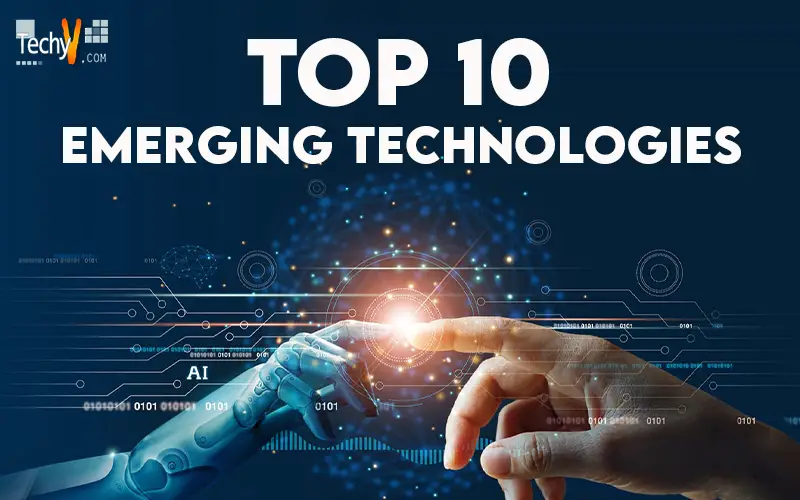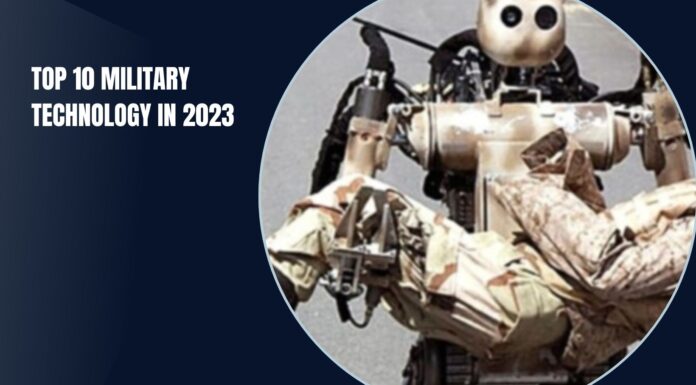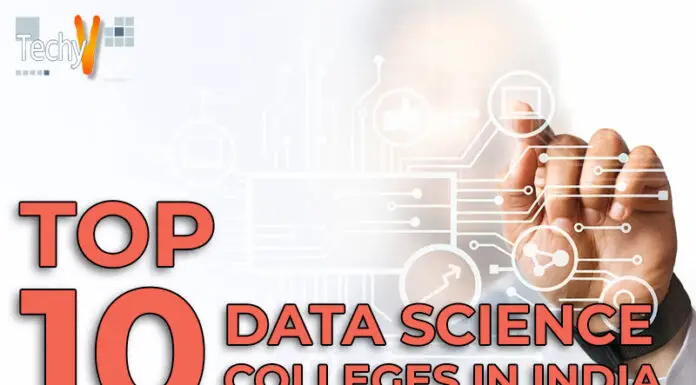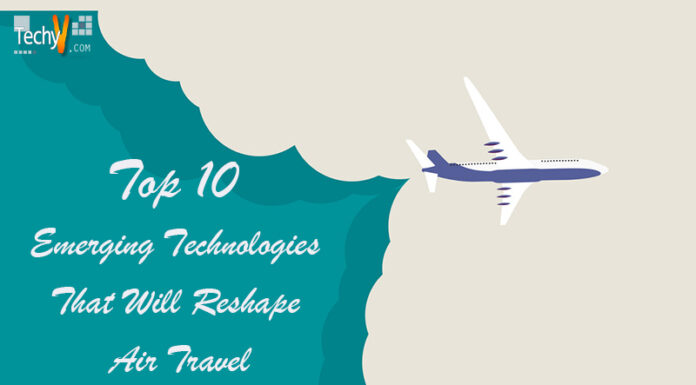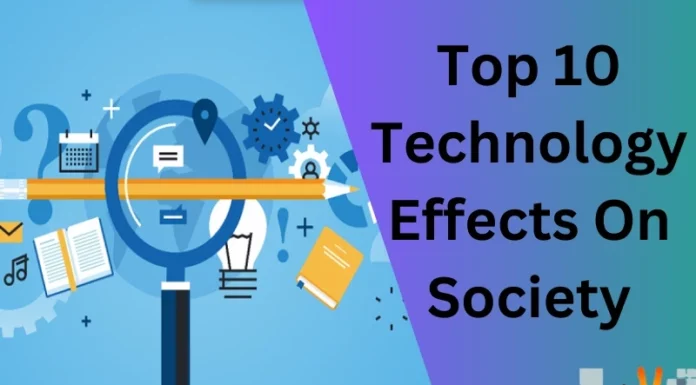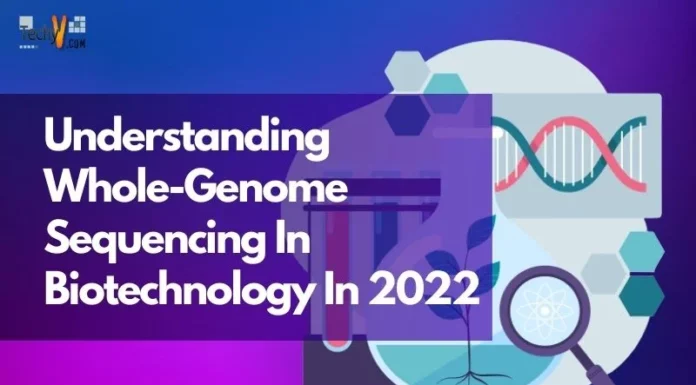Emerging technologies are described as new technologies which are within the developing phase or evolving. These technologies generate new opportunities while creating new challenges. Emerging technologies are often perceived as capable of fixing the establishment.
Emerging technologies are the technical innovations that represent progressive development in the sphere. These technologies play an essential role in the modernization of business. The accelerated growth of users’ needs and expectations to interact in real-time scenarios on these applications has disrupted the business ecosystem. Technology is indeed one of the fastest-growing agents within the present world. Emerging technology has mainly brought a significant transfer in information, technology, and development sectors. These emerging technologies have the indeterminate power to strengthen lives, transform the world’s economic scenarios and make this world a much better place for the upcoming and future generations.
The development of those technologies will affect our lives. Let’s examine which top 10 emerging technologies will change our future
1. Quantum Computing
Quantum computing is the key to the 21st century. Quantum computing is a type of computing whose Operation can tackle the phenomenon of quantum mechanics. Quantum phenomena such as superposition, interference, and entanglement. A quantum computer uses the interdependence of quantum mechanical states, which are described using probabilities. Quantum Computing is an emerging technology that can change the future. Quantum computers use the Laws of Quantum Mechanics to perform calculations. A Quantum computer performs a complex quantum calculation in just a few hours, but a simple or a regular computer also performs these tasks, which takes decades or centuries.
- Quantum Computer is way faster than a supercomputer.
- Quantum algorithms are roughly grouped by the type of speedup achieved over being like classical algorithms.
- A quantum computer using qubits (CUE-bits) to run multidimensional quantum algorithms.
- It helps to design new drugs and chemicals, which can help in the future to create medicines.
- Qubits are capable of connecting – this can be called entanglement.
- Quantum computing offers the facility to write programs in a very completely new way.
- Groups of qubits in superposition can make complex, multidimensional computational spaces.
- Qubits are not digital data bits and cannot use conventional error correction.
- Quantum computing performs the calculation based on probabilities.
- Characteristics of qubits offer more powerful calculations for a selected time.
2. Blockchain
Blockchain is a decentralized, distributed ledger technology (DLT) that stores the digital assets’ ownership record. A blockchain stores information electronically in digital format. Blockchains play a critical role in cryptocurrency systems, such as Bitcoin, for maintaining a secure and decentralized record of transactions. Blockchain is a method of recording information that makes it impossible or difficult to change the system, hack, or manipulate it. Blockchain transactions are irreversible because once registered, the data in any given block cannot be reversed without changing all subsequent blocks.
- Blockchain is a revolution in the finance market because it is decentralized. No bank or financial institute is involved in it.
- Blockchain consists of three basic concepts: blocks, nodes, and miners.
- Blockchains are generally managed by a peer-to-peer (P2P) computer network for a public distributed ledger.
- Transactions are entirely transparent because of the address and transaction history of Bitcoin wallets.
- The blockchain uses extremely secure blocks to protect data. Each block replicates a document, i.e., chronologically stored and linked to all previous blocks.
- Blockchain is easy. You need to know some programming languages to create your blockchain.
- Blockchain is mainly used in Cryptocurrencies.
- The aim is to support the transfer of assets from one blockchain system to another.
- Criminals use cryptocurrencies like bitcoin as payment because of the privacy they provide and target bitcoin holders for fraud.
- Blockchain transactions are conducted based on the mutual consensus of the user, resulting in smoother, safer, and faster transactions.
3. Computer security/Cyber security
Computer security means protecting the computer system and electronic data from viruses, theft, and unauthorized access, which may destroy your data and corrupt your system. Computer security is also known as cybersecurity. With this growing technology, invaders, hackers and thieves are trying to harm our computer’s security for monetary gains, recognition purposes, ransom demands, bullying others, etc. To protect our system from all these risks, computer security is essential.
- Your data and computer are constantly updated with your operating system to keep safe.
- Security Software Developers are responsible for creating software and integrating security into applications.
- Security measures store a system’s data on a separate device or medium, usually inaccessible through the computer system.
- A firewall is a system designed to prevent unauthorized access to/from a computer or even a private network of computers.
- Humans are social animals who can build trust quickly, but on the Internet, they don’t have anyone or anyone’s intention, So they don’t trust anyone easily on the Internet.
- Always use trusted websites.
- There is so many cyber-attack performed on the Internet by hackers like DDOS, Backdoor phishing, Eavesdropping, etc.
- By protecting your computer, your Data or your identity will be safe.
- Stay away from pirated material.
- Your Data is the new oil. It is valuable. To protect it, cyber security is a must.
4. Robotics
Robotics is an interdisciplinary science and engineering sector dedicated to designing, constructing, and using mechanical robots. A intelligent robot is no longer science fiction. While traditionally, a robot has been defined as any machine that can be programmed to perform a series of difficult or complex tasks/functions, intelligent robotics as a technology includes robots that can also interact with human beings. Robots can take any form, but some are made similar to humans. Such robots try to replicate walking, lifting, speech, cognition, or other human activity.
- With the rapidly increasing power of microprocessors and artificial intelligence techniques, robots have dramatically increased their potential as flexible automation tools.
- Assisting human partners in many different ways, including power support, motion guidance, line tracking, and process automation.
- Robots contain some level of computer programming.
- Robotics is now the future. Without robots, we cannot do heavy work
- Robotics is now used in human body parts like piece makers, artificial arms, hearing devices, etc.
- Robots can be equipped with equivalents of human senses such as sight, touch, and perception temperature.
- Robots are multitaskers. They can do multiple tasks simultaneously because they are programmed in that way.
- Robots have less chance of mistakes because of their accuracy.
- Robots have electrical components that drive and control machinery.
- Humanoid robots appear like a human or mimic human behavior.
5. Internet of Things (IoT)
The Internet of Things, or IoT, is a system of interconnected computing devices, mechanical and digital machines, objects, animals, or people with unique identifiers (UIDs) and the ability to transmit data over a network without the need for – human or human-computer interaction. This field has evolved due to the convergence of multiple technologies, including edge computing, commodity sensors, increasingly powerful embedded systems, and machine learning. The main aim of connecting and exchange data with other devices and systems over the Internet.
- Devices and objects are connected to the Internet of Things with built-in sensors.
- The Internet of things helps people live high and work smart.
- It enables machines to do more heavy lifting, take over tedious tasks and make life more healthy, productive, and comfortable.
- IoT gives businesses a real-time view of how their systems are executing.
- IoT plays a very significant role in future technologies, i.e., technologies like Edge computing, cloud computing, smart devices, machine learning, etc.
- IoT devices are closely connected. All a hacker has to do is exploit one vulnerability to manipulate all data.
- Improve the customer experience.
- Bug in the system. Every connected device will likely become corrupted.
- Artificial intelligence (AI) systems will use that IoT data to make predictions.
- IoT devices enable an application to application communicate and collaborate without human intervention.
6. Artificial intelligence
AI, which stands for artificial intelligence, refers to systems or machines that act like human intelligence to perform tasks. AI is more about the process and ability of super-powered thinking and data analysis than any particular format or function. Artificial intelligence is the duplication of human intelligence processes by machines, especially computer systems. Artificial intelligence systems collect large amounts of labeled training data, analyze the data for correlations and patterns, and use those patterns to predict future states. Many tech companies across different industries are investing in artificially intelligent technologies.
- AI is the branch of computer science that aims to answer Turing’s question in accession.
- The objective of artificial intelligence includes computer-aided learning, reasoning, and perception.
- Strong AI performs tasks that are more complex and human-like.
- AI programming focuses on three analytical skills: learning, reasoning, and self-correction.
- Artificial intelligence is constantly developing to benefit different industries.
- An AI can perform a task very efficiently because of its decision-making process.
- AI is used as chatbots on websites or smart speakers (e.g., Alexa or Siri).
- AI is used to assist in diagnostics.
- Memory-limited AI is created when a team continuously trains a model.
- AI is used in robotics to make them work more efficiently.
7. Decision Intelligence
Decision intelligence is an engineering discipline that augments data science with theories of social, decision, and managerial science theories. Decision Intelligence (DI) is the commercial application of AI to the decision-making process of every business area. Decision intelligence is a new field that helps support, augment and automate business decisions by connecting data to decisions and outcomes. Decision intelligence shows a practical application in the field of complex systems.
- Decision intelligence includes feedback to retrain and improve the system over time.
- Decision intelligence is a part of AI, which helps AI in the decision-making process.
- Decision intelligence uses technologies like machine learning and automation.
- The methods are using in DI are decision making and decision mapping.
- It uses a combination of methods and technologies to improve companies’ decisions.
- It skillfully analyzes multiple factors affecting/ impacting your external or internal data to present a set of appropriate choices in front of you.
- Decision intelligence helps to save time.
- AI decision-making system is used in many business functioning.
- Decision intelligence helps an organization use its massive data.
8. Edge Computing
Edge computing is a form of computing done on-site or near a particular data source, minimizing the need for data to be processed in a remote data center. This increased analytics capability in edge devices can drive innovation to improve quality and increase value. Edge computing helps you unlock the potential of the vast untapped data created by connected devices. Edge computing broadly is all computing outside the cloud happening at the edge of the network, specifically in applications where real-time data processing is required.
- Edge enables businesses to bring the digital world into the physical.
- Edge computing is used in day-to-day life, like smart speakers, watches, and phones.
- Edge computing is the deployment of computing and storage resources at the point where data is produced.
- As a middle stage between client devices and the wider Internet, edge computing results in efficiency savings
- Edge computing is a significantly more viable option than cloud computing.
- Edge computing allows companies to monitor equipment and production lines in detail.
- Analytics and artificial intelligence tools can run at the edge of the system.
- The self-driving car or driverless car technology is based on edge computing.
- Edge computing decrease latency.
- Decrease in server resources and associated costs.

9. Virtual reality (VR) and Augmented reality (AR)
These two technologies, virtual and augmented reality, will change the viewing screens, creating new and unique interactive experiences. VR immerses the user in the environment, while AR enhances the environment. These technologies are currently used in Gaming, but in the future, these technologies will be used in many things like making a crime scene or helping in investigations. AR and VR have great potential in training, entertainment, education, marketing, and even post-injury rehabilitation.
- This technology is equally suitable for mobile devices and desktops.
- All data can be acquired in real-time using cameras
- The technology can improve accuracy and efficiency.
- The implementation cost of AR is relatively high.
- The main drawback is the lack of user privacy.
- You may have used AR before without realizing it, playing a game like Pokemon Go or using filters on Snapchat.
- To enter the virtual world, you use a headset with some kind of screen displaying the virtual environment.
- Using both AR and VR technology can make our future more exciting.
- Both technologies require skills such as 3D modeling, some math, and programming languages.
- These technologies require high-speed Internet with 5G.
10. Metaverse
Metaverse is a 3D online virtual space concept that connects users in all aspects of life. It’s basically like virtual life. It connects multiple platforms such as the Internet with a variety of websites accessible from a single browser. The development of the metaverse is often accompanied by advances in virtual reality technology due to the increasing demand for immersion. The idea of Metaverse came from Facebook. The Metaverse is the realm of computer-generated networked augmented reality (XR), an acronym that encompasses all aspects of augmented, mixed, and virtual reality (AR, MR, and VR).
- It’s a wholenew digital space that people are calling the next iteration of the Internet.
- Metaverse allows you to navigate a growing network of virtual landscapes using a single identity.
- TheMetaverse includes commonly use computers and smartphones, augmented reality, mixed reality, and virtual reality.
- The Metaverse will be the next version of the Internet where everything comes from the Internet of Things.
- In the metaverse, blockchain technology can provide transparent and reliable governance systems.
- The metaverse has cryptocurrencies. But each virtual world has its one, which is worth different amounts.
- Growing telecommunication trends leads people to social media, video, web conferencing, and online interaction, which makes metaverse more interesting.
- Metaverse Games supports decentralized, play-and-earngames with a unified economic model.
- With the help of the metaverse, people can travel to their chosen destination or experience it.
- Technologycreates new opportunities for your business and helps you effectively promote your services and offers.




